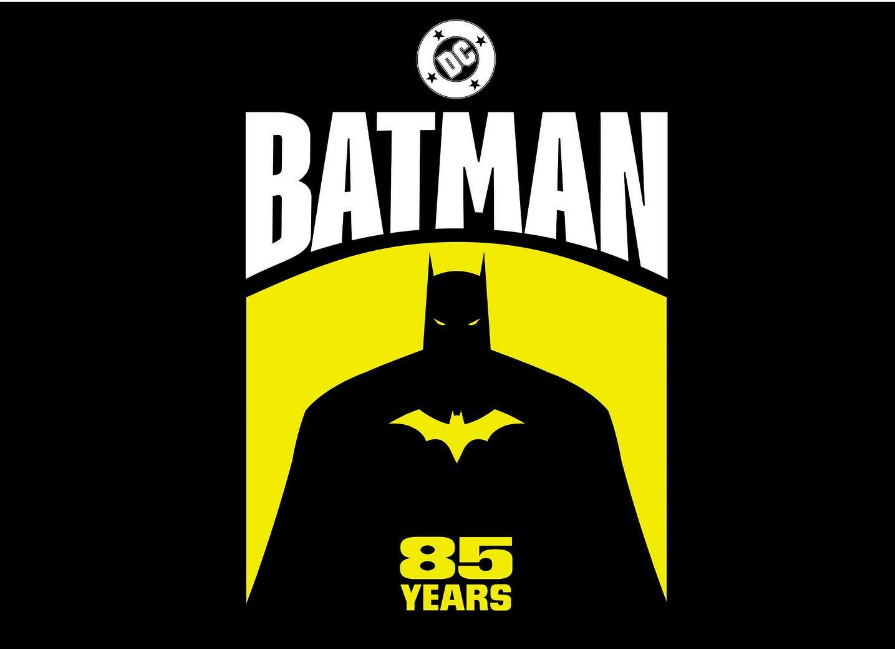
Cameron Bowles writes about Batman over the years, arguing the Caped Crusader has changed with the times
The Caped Crusader has certainly seen the years go by. Created by Bob Kane and Bill Finger in 1939, Batman has been revisited, re-interpreted and ultimately transformed over the decades that have passed. While the key aesthetics and iconography of the superhero have remained the same – the cape, the cowl, the bat – several versions of the character diverge from one another. At eighty-five years old, Batman has seen a variety of faces across many films, responding to the social and cultural contexts of their time.
Our first encounter with Batman on film is Adam West in Batman: The Movie (1966). Overlooking serialized theatrical versions, this acts as a feature-length expansion of the original TV series, bringing its campiness to the big screen. The swinging sixties are everywhere in West’s Batman. Gotham City is a thinly-veiled Los Angeles, the villains are suitably goofy, and Batman and Robin act as colourful cartoon heroes without any pathos or grim backstory. Family-friendly fun outweighs any depth or grittiness.
By the time of Batman (1989) and its sequel Batman Returns (1992), the character has faced a fundamental transformation. Twenty-three years of comic book storytelling have made their mark, turning Batman into a darker, more mature figure with the help of graphic novels such as The Dark Knight Returns by Frank Miller. Michael Keaton’s incarnation represents a concerted effort to legitimize the character for popular consumption, Batman no longer being the territory of Saturday morning cartoons and daytime TV.

What followed was a reversion of these qualities. First, Val Kilmer in 1995’s Batman Forever, delivered a more commercial interpretation, surrounded by a gaudy, brightly-lit and artificial Gotham that seemed antithetical to previous versions. Two years later Batman and Robin, also directed by Joel Schumacher, escalated these issues. The movie, quotable as it is, was critically slated for its campy tone and poor casting.
Film scholars have re-visited the Nolan films in their capacity for developing contemporary political issues into thematic points
Christopher Nolan’s Dark Knight Trilogy was a dramatic reinvention of the character. Lacking fidelity with the comic book source material, the trilogy took greater inspiration from contemporary crime films such as Se7en or Heat, delivering a grounded and mature take on Batman. Nolan’s aesthetics and set designs are contemporary and polished, utilizing Chicago and New York as realistic versions of Gotham City. The trilogy’s real interests were in treating the Batman character as something to be taken seriously, not just a comic book property, but first and foremost as a platform for impactful dramatic storytelling. Film scholars have re-visited the Nolan films in their capacity for developing contemporary political issues into thematic points – for example, The Dark Knight (2008) made significant allusions to issues of surveillance and terrorism in Bush-era America.
Fresh, inventive explorations of the same character are always there to be created
Following on from Ben Affleck’s turn in the short-lived DCEU, 2022’s The Batman saw Robert Pattinson deliver an appraised performance as a younger, angrier vigilante. Once more, the franchise returned with an angst-ridden, filmic interpretation, involving other accomplished actors such as Paul Dano, Jeffrey Wright and Barry Keoghan. Casting rumours concerning the next Batman have already begun. The promise of James Gunn’s revitalised DCU represents a fresh start, but perhaps the character has seen a few too many rebirths. What more can be squeezed out by another actor taking up the cape and cowl? Currently, HBO’s The Penguin has been delivering weekly crime thrills on the small screen. Could the Batman universe be expanded from this, delving into fresh characters and unexplored areas of comic book lore? The variety of genres and tones across DC Comics guarantees that fresh, inventive explorations of the same character are always there to be created, whether it be through graphic novels, video games or films.
A continuity still remains – the Batmen are united by physical ability, wealth, investigative expertise and a want for vengeance. As much as the hero has changed across the decades, these qualities remain consistent. Eighty-five years has not changed that.
Enjoyed reading this article? Check out these articles from Redbrick Film:
Comments